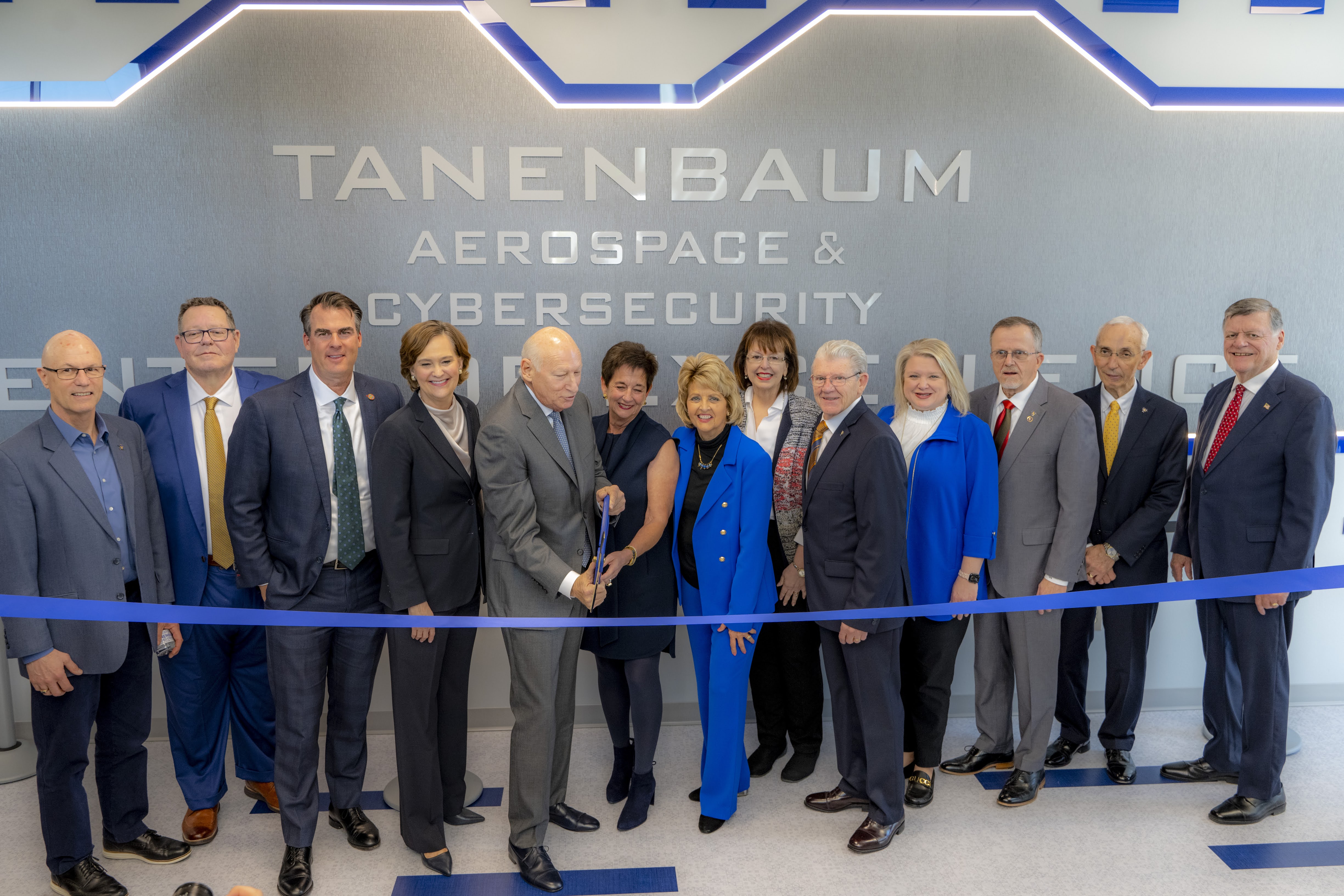Informal Process
SECTION 7B INFORMAL GRIEVANCE PROCEDURE
7B-1 – Types of Discrimination.
Informal resolution of some grievances may be possible in some cases. The informal grievance procedure is explained below and is potentially available upon initial report of a potential violation falling into one of the following categories:
- Disability Discrimination
Americans With Disabilities Act (and “As Amended”)
(a.k.a., ADA/ADAAA)
Rehabilitation Act of 1973
(a.k.a., Section 504 Discrimination)
Protects students, faculty, staff, applicants, visitors and guests with physical or mental disabilities from employment and/or participant discrimination.
- Sexual Harassment and Misconduct
Title IX of Education Amendments Act of 1972
- Amended the Higher Education Act of 1972
- Revised and re-released for August, 2020
- Prohibits gender and sex-based discrimination specifically in higher education
- Civil Rights Harassment and Discrimination
Title VII of the Civil Rights Act of 1964
- Established the Equal Employment Opportunity Commission
- Is a federal law that protects employees against discrimination based on certain specified characteristics: race, color, national origin, sex, and religion. Under Title VII, an employer may not discriminate with regard to any term, condition, or privilege of employment.
Title VI – (a.k.a., Title VII, except protects students, visitors and guests instead of employees)
No person in the United States shall, on the grounds of race, color, or national origin, be excluded from participation in, be denied the benefits of, or be subjected to discrimination under any program or activity receiving Federal financial assistance.
7B-2 Informal Grievance Procedure
- Parties’ Preference to Use Informal Grievance Procedures. Reporting complainants may voluntarily express a preference to resolve the matter informally. The preference for an informal process will be shared with the respondent. Likewise, initial contact with the respondent will assess preference for an informal resolution. Regardless of which party first expresses this preference, the option for informal resolution will be shared with the other party before a formal grievance is initiated.
- Parties’ Agreement to Use Informal Grievance Procedure. If both parties agree to consider this option, the Associate Vice President for Human Resources/AAO will explain to each party individually the Rules of Engagement:
- An investigator will not be appointed
- Representatives are not allowed
- Evidence will not be collected
- Witnesses will not be interviewed
- Either party can withdraw from the informal process at any time. Formal grievance procedures are available for each of the discrimination issues in 7B-1.
- The A.V.P. HR/AAO is a neutral facilitator of the process.
7B-3 Informal Grievance Process.
- Complaining Party’s Inputs:
If both parties agree to an informal resolution, the A.V.P. HR/AAO requests input from the complaining party:
- Complaining party provides A.V.P. HR/AAO with the allegations
- The allegations should clearly explain how the responding party’s conduct was discriminatory.
- Responding Party’s Inputs:
Once reviewed, the A.V.P. HR/AAO relays the allegations to the responding party and asks the responding party for inputs. The responding party’s inputs should:
- Clearly explain how the conduct was not discriminatory and/or
- Indicate agreement with the complaining party’s version of events and/or
- Offer a different version of events and/or
- Indicate the responding party’s desire to continue with or withdraw from the Informal Process
- Inputs Shared
The A.V.P. HR/AAO relays the responding party’s inputs to the complaining party. If there are substantial areas of agreement between both parties inputs, the A.V.P. HR/AAO may share those areas of agreement with both parties since substantial agreement between both parties may indicate a probability of success of the informal process.
- Remedies and Closure
Depending on the responding party’s inputs, the complaining party may then:
- Request a meeting with the A.V.P. HR and the responding party to sign a resolution agreement and close the grievance process
- Withdraw from the informal process in favor of a formal complaint process
- In cases of responding party agreement with complaining party’s initial inputs, the complaining party may suggest remedies for consideration
- Suggested remedies are shared with the responding party
- Depending on the responding party’s acceptance of some kind of remedy:
- The parties may meet with the A.V.P. HR/AAO to sign a resolution agreement, impose the remedies, and close the grievance process
- The A.V.P. HR/AAO notifies the parties the informal process was not successful and the complaining party is free to seek resolution through a formal grievance process
Record-Keeping
Any signed resolution agreements are placed in confidential personnel file storage separate from all other personnel files. Confidential personnel records are accessible only by the party, the A.V.P. HR/AAO or by a valid attorney subpoena.



